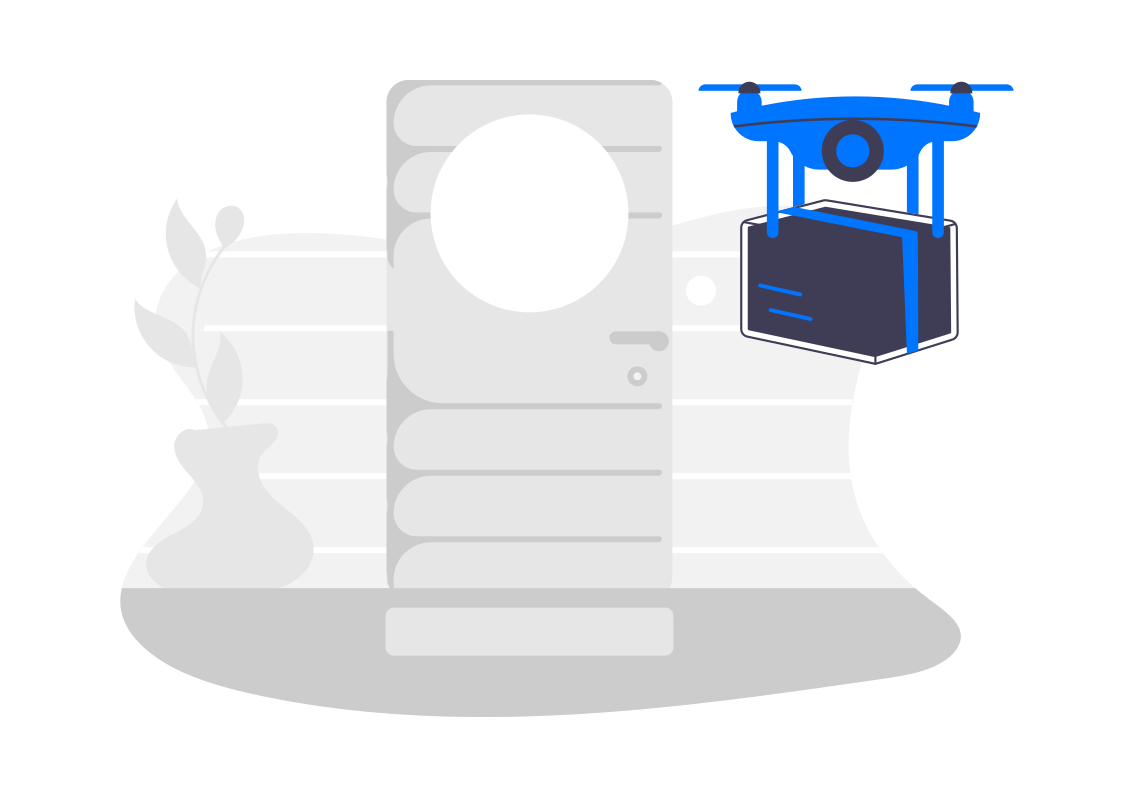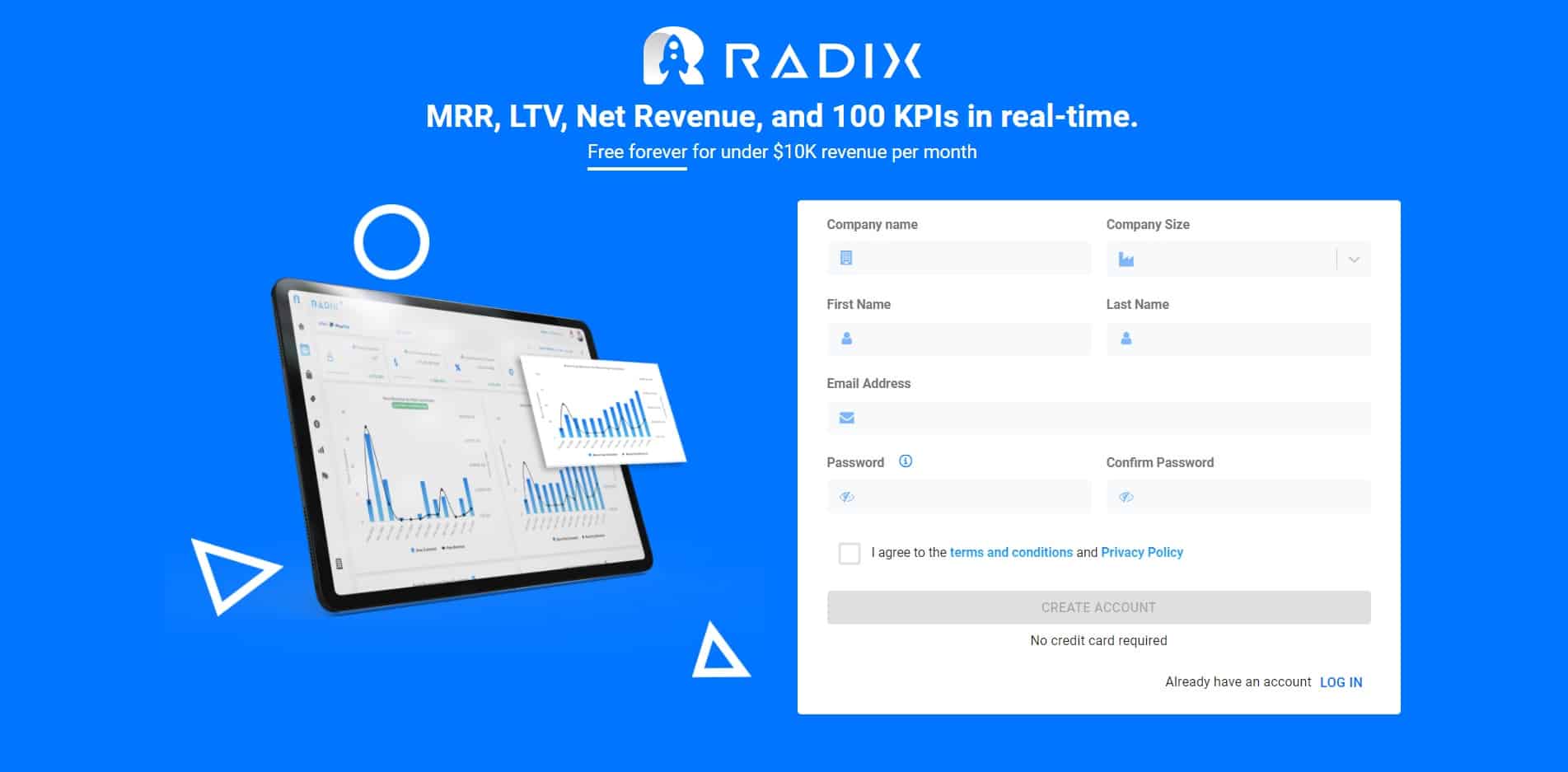No matter what you are selling online, one thing is true: if you want to convert more traffic into paying customers, delivery speed and convenience are key. That is why I put together a guide on Product Shipping — the cheapest, fastest, and most cost-effective way to deliver your products.
An efficient and scalable delivery plan is critical in eCommerce. You can offer fantastic items, recruit brilliant marketing specialists to help you reach the correct audience, and have a stunning website, but none of these counts unless you can consistently give clients a joyful and reliable product delivery experience.
When you initially start in eCommerce, shipping may not seem like a big deal—people get familiar with your brand, orders begin to trickle in, and shipping out things isn’t that difficult. You might even be able to handle the majority of the process yourself.
Here’s the issue:
Managing product shipping in this manner is not long-term sustainable. If you’re doing everything correctly, it won’t be long until more people hear about your brand, discover your website, and decide to buy products from your shop. In extremely severe circumstances, a fast and drastic rise in order activity can occur in as little as 24 hours.
If you’re just getting started with your ecommerce business, or if you haven’t taken the time to consider how to manage product shipping in a way that allows you to easily or rapidly grow your operations, it’s time to develop a clearer approach.

No Product Shipping Strategy is the Same
Despite the fact that they may appear identical at first sight, no two product shipping strategies are the same. When it comes to selecting how to approach and handle things like price, packaging, inventory management, and product delivery, there are several elements that need to be reviewed and taken into account. To guarantee that you can create a plan that fulfills the demands of your customers and business, consider the following:
Branding
- What is the essence of your brand, and what distinguishes it from the competition?
- Which kind of experience do you want people to have?
- kind of initial impression do you want your brand to make on those that contact with it?
- What does your business’s growth look like in the following 30, 60, or 90 days? What about in a year or two?
- Which resources do you now have that could assist you in scaling or optimizing product fulfillment and shipping? (people, money, software, storage, inventory, etc.)
Products
- From where do you send your products?
- Where do you often ship your products?
- What is your average order value, and how does it affect delivery costs?
- What is the most common way your products are purchased?
- Which carriers do you intend to utilize to ship your products?
- What are the total expenses for your products? What are your product profit margins?
- Which specific constraints do you have to deal with while distributing your products? Will you, for example, need to ship internationally? Will package insurance be required?
- What sizes do your products come in?
- What is the weight of your products?
Customers
- How do your customers want to get their products?
- Is it more probable that your customers will purchase if delivery is free or fixed at a flat rate?
- What kind of impression do you want to make on your customers when you deliver them products?
- Why do your customers purchase your products?
Spend time generating answers to as many of the above-mentioned questions as possible to make the best decisions about your shipping strategy. The more questions you can answer now, the more proactive and thorough you can be when developing your plan.

Evaluating Fulfillment Alternatives
To develop the best shipping plan for your ecommerce company, you must first understand your fulfillment alternatives. The fulfillment method you select will ultimately influence how your products are delivered to consumers. Here are the primary fulfillment alternatives for your products to consider:
- Dropshipping: it is a sourcing method in which a store doesn’t keep the products it sells in stock. Instead, when a store sells a product, it purchases the item from a third party and has it shipped directly to the customer. In most cases, the third-party seller and store owner aren’t aware of each other’s existence.
- Self-Fulfillment: means that you acquire your items, keep them yourself (at your house or place of business), and manually fulfill and prepare orders for distribution. This approach has the greatest cost and preparation, but it also gives you the most power.
- 3PL: You buy the products in advance, ship them to a fulfillment warehouse and the warehouse keeps track of inventories and fills orders as they come in.

Packaging Is Your Best Friend
Packaging matters because we’re all accustomed to purchasing products based on their outer appearance. Even with our knowledge that it takes far more than a good-looking package to make a quality product, we still can’t help but be influenced by exquisite packaging. In our eyes, beautiful packaging has the power to sweep us off our feet and get our wallets out faster than even the latest “As Seen On TV!” gadget.
This is a piece of a puzzle that not many people think about. It’s often an afterthought and therefore, forgotten, but it shouldn’t be. The package you choose to present your product in will either attract consumers or repel them and all your hard work designing the best product possible will be for nothing if you don’t package it well.
You can use one of two styles of packaging for your products:
- Utility Package.
- Branded Package.
To choose which style of packaging is best for you and your company, consider the following questions:
- How much do I want to spend on packaging?
- What kind of experience do I want my consumers to have when they buy my products?
- What effect will my packing choices have on my delivery rates?

Choosing Carriers
The next element on your product shipping plan creation to-do list is to decide how you want to ship your products to your consumers. There is a lot that can be written and explored on this subject, but for the sake of this fast tutorial, we’ll focus on the most crucial information you’ll need to send your items.
The following are the most typical carriers you may use to ship products:
When it comes to package restrictions, shipping fees, and services, each carrier is different. Choosing the best one for your company will need time spent researching and weighing all of your possibilities. A smart place to start is to look at how shipping charges differ amongst carriers. Use the following calculators to see the differences:
- Rate Finder from FedEx
- Time and Cost Calculator from UPS
- Postage Price Calculator from USPS
After you’ve compared pricing, look into the business tools and capabilities that each carrier provides to a company like yours.

Pricing the Right Way
To figure out how much to charge for your products and shipping, consider the costs of packaging, shipping rates, the cost of the product itself, any marketing material that is included with your product, the money you have to pay for warehouse space or to hire third-party vendors, and any other costs associated with the fulfillment and delivery of your products.
Add up all of the shipping expenses for your products, then adjust your pricing on your online store as needed to guarantee you’re not losing money on every purchase placed by your clients.
If you don’t factor in expenses from the start, you risk developing a shipping plan that doesn’t enable you to profit from your products or all of the time, effort, and money you put into your company.
Correct Financial Planning = Correct Pricing = Great Margin

Conclusion
While there is no magic wand that can wave away the worry that comes with shipping products, you do have plenty of options available to you. Like everything else, shipping requires organization and preparation, but with a little bit of hard work, you can take your business further than it has ever gone before. Good luck!
Use Radix to have a better understanding of the financial numbers of your eCommerce: MRR, ARR, ARPU, Quick Ratio, etc. This way you will have exact inputs to consider in your shipping strategy.
Sign Up Here!

Read More:
Top 10 eCommerce Metrics to Track
13 Features Your eCommerce Website Should Add To Succeed





